Television wasn’t just entertainment in the 1960s—it was a window into an idealized version of American life that welcomed viewers into living rooms across the nation. These sitcom characters were more than just actors playing roles; they became trusted companions, role models, and extensions of our own families. Each week, millions of Americans would gather around their television sets, eagerly anticipating the next adventures of these beloved characters.
1. Lucy Ricardo (Lucille Ball) from “I Love Lucy”
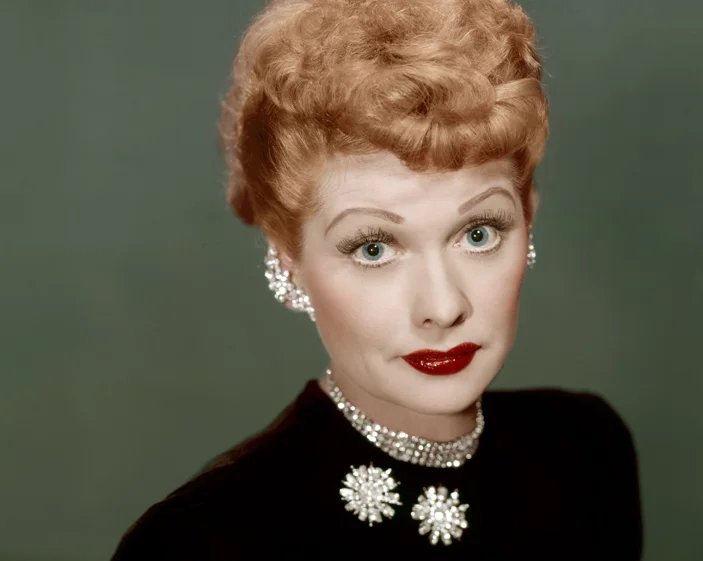
Lucille Ball’s Lucy Ricardo was the ultimate comedic heroine, turning every misadventure into a laugh-out-loud spectacle that captured America’s heart. Her wild schemes and physical comedy were so perfectly executed that viewers felt like they were part of her zany world. Lucy wasn’t just a character—she was a cultural icon who redefined comedy and became the first true television superstar. Along the way, as noted by PBS, the program revolutionized TV and American culture in remarkable ways.
Her relationship with Ricky Ricardo showcased a loving, if complicated, partnership that felt both revolutionary and familiar. Lucy’s infectious laugh and perpetual ability to get herself into ridiculous situations made her feel like the neighbor everyone wished they had. She represented a perfect blend of domestic wife and comedic genius, breaking ground for women in entertainment.
2. Jed Clampett (Buddy Ebsen) from “The Beverly Hillbillies”
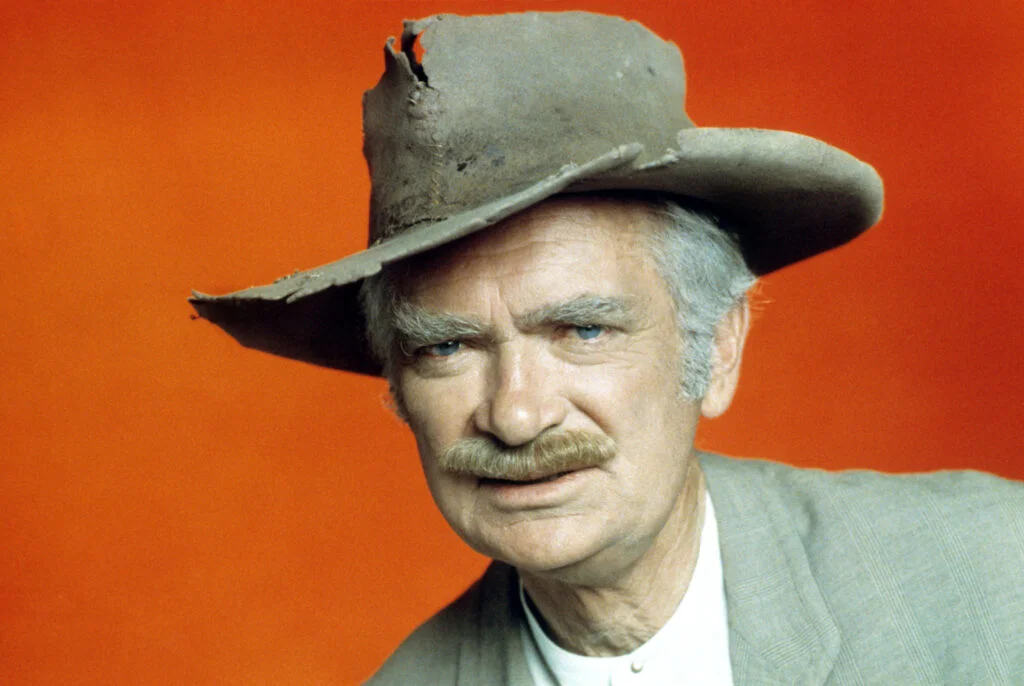
Buddy Ebsen’s Jed Clampett was the heart of “The Beverly Hillbillies,” a kind-hearted patriarch who navigated wealth with down-home wisdom and remarkable innocence. His folksy drawl and genuine goodness made him feel like everyone’s favorite uncle, bridging the gap between rural simplicity and urban sophistication. Jed represented a moral compass that guided viewers through fish-out-of-water comedy. Of course, MeTV writes, when the crew moved to the big screen, Jed’s was a familiar and welcome face to see in this new medium.
Despite sudden wealth, Jed remained grounded, always putting family first and maintaining his core values. His gentle approach to life’s complications made him a beloved figure who seemed to rise above the chaos around him. Viewers saw in Jed a representation of traditional American values—kindness, honesty, and family loyalty.
3. Rob Petrie (Dick Van Dyke) from “The Dick Van Dyke Show”

Dick Van Dyke’s Rob Petrie was the quintessential modern husband—smart, slightly bumbling, but always loving and engaged with his family. His physical comedy and relatable struggles as a comedy writer made him feel like a close friend to millions of viewers. Rob represented a new kind of television dad—less authoritarian and more emotionally accessible. Through this character, NOLA celebrates the ways this program as a whole continues to shape TV to this day.
His comedic timing and ability to turn everyday situations into hilarious moments endeared him to audiences across America. The character balanced professional challenges with family life in a way that felt authentic and aspirational. Rob Petrie showed that men could be both funny and sensitive, breaking traditional masculine stereotypes.
4. Samantha Stephens (Elizabeth Montgomery) from “Bewitched”
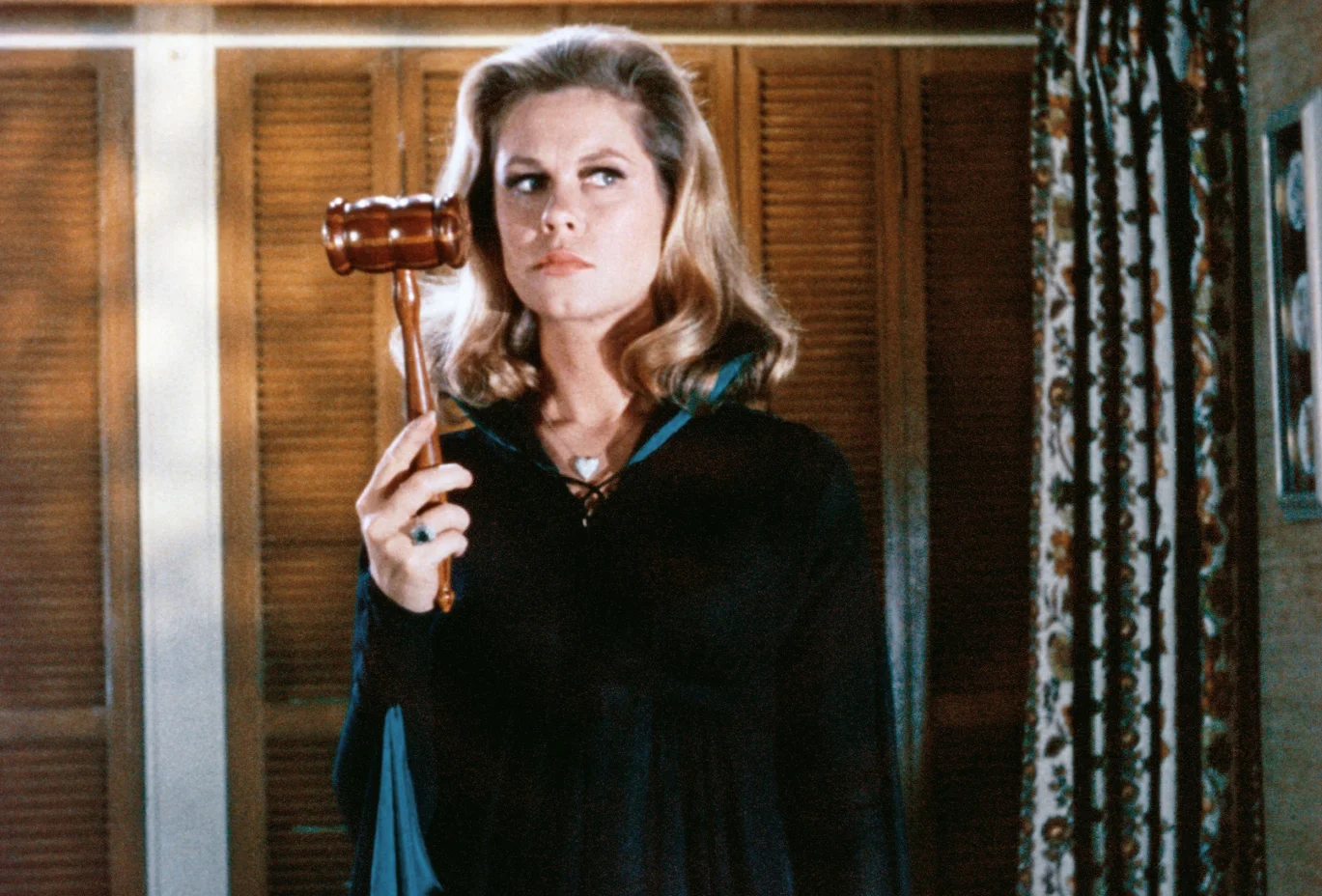
Elizabeth Montgomery’s Samantha was a magical housewife who brought supernatural whimsy into the traditional family sitcom format. Her ability to solve problems with a simple nose twitch made her feel like the ultimate fantasy wife and mother. Samantha balanced magical powers with domestic responsibilities in a way that was both revolutionary and endearing.
She represented a subtle feminist narrative, often outsmarting her husband and managing complex family dynamics with grace and humor. Samantha’s character suggested that women could be powerful, magical, and still be loving wives and mothers. Her character became a cultural touchstone that challenged traditional gender roles.
5. Andy Taylor (Andy Griffith) from “The Andy Griffith Show”
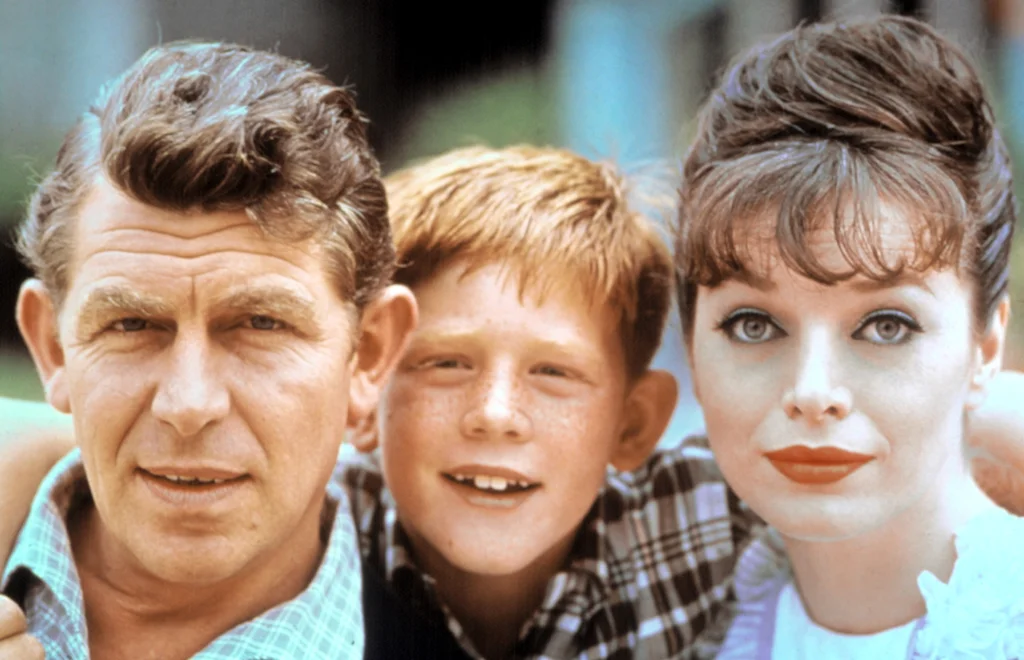
Andy Griffith’s Sheriff Andy Taylor embodied small-town wisdom, compassion, and fatherly love that resonated with viewers across America. His gentle approach to law enforcement and parenting made him feel like the ideal father figure for an entire generation. Andy represented a moral center, solving problems with humor, understanding, and community spirit.
His relationship with his son Opie and deputy Barney Fife showcased different types of meaningful male relationships that went beyond traditional masculinity. Andy’s leadership style emphasized communication, empathy, and understanding over brute force or authority. He became a symbol of community values and compassionate leadership.
6. Herman Munster (Fred Gwynne) from “The Munsters”
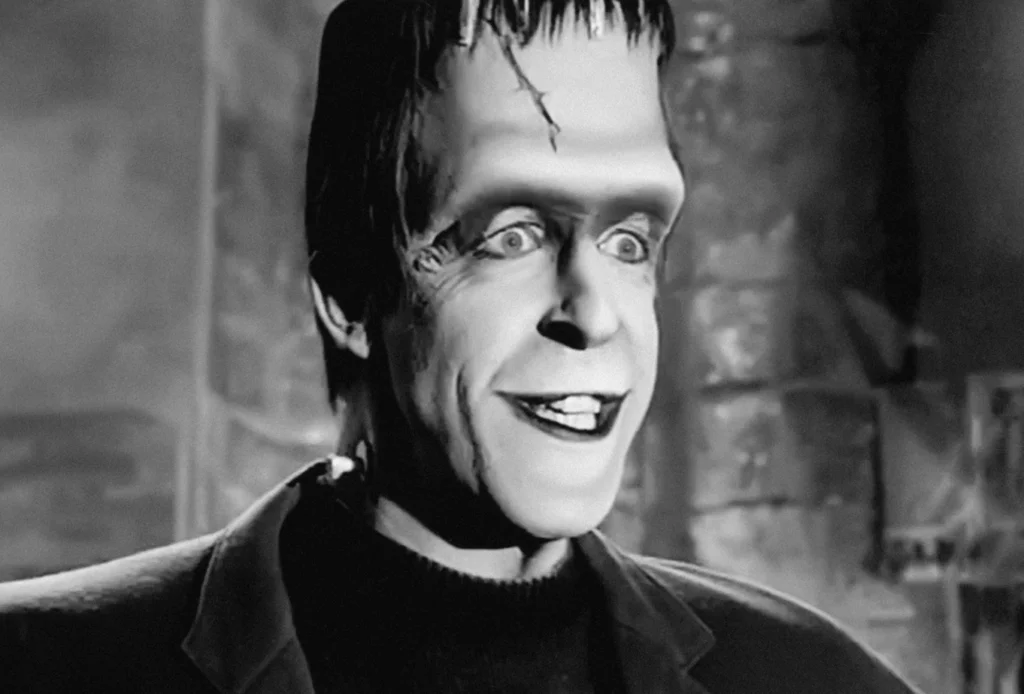
Fred Gwynne’s Herman Munster was a gentle giant who defied monster stereotypes with his loving heart and childlike innocence. Despite his frightening appearance, Herman was the quintessential devoted father and husband who loved his family unconditionally. His combination of physical comedy and genuine emotional depth made him a truly unique television character.
Herman’s inability to understand why people found him scary, coupled with his pure-hearted nature, made him incredibly endearing to viewers. He represented an outsider who was deeply committed to family values and love. Herman Munster showed that true character comes from the heart, not appearances.
7. Donna Stone (Donna Reed) from “The Donna Reed Show”
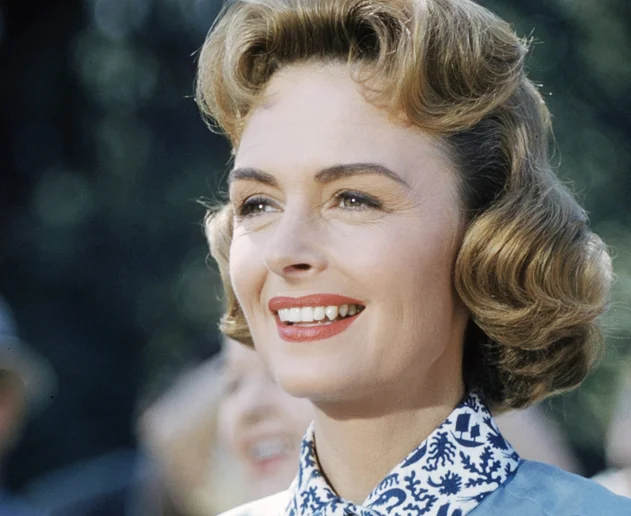
Donna Reed’s character was the epitome of the perfect 1960s mother—stylish, capable, and always perfectly composed. She navigated family challenges with grace, wisdom, and an impeccable sense of style that made her feel like the ideal maternal figure. Donna Stone represented the aspirational vision of motherhood during the era.
Her character balanced domestic responsibilities with emotional intelligence and subtle strength. She wasn’t just a background character but an active problem solver who guided her family with love and strategy. Donna Stone became a role model for women navigating the complex expectations of 1960s domesticity.
8. Maxwell Smart (Don Adams) from “Get Smart”

Don Adams’ Maxwell Smart was the bumbling secret agent who somehow always saved the day through a combination of luck and accidental brilliance. His catchphrases and ridiculous spy gadgets made him a comedy icon that felt like the ultimate underdog hero. Maxwell Smart transformed the spy genre into a comedic playground.
Despite his constant mistakes, Smart always maintained an unshakeable confidence that made him lovable and hilarious. His character suggested that enthusiasm and determination could overcome any obstacle, no matter how incompetent one might seem. Maxwell Smart became a comedic representation of American optimism.
9. Gomez Addams (John Astin) from “The Addams Family”
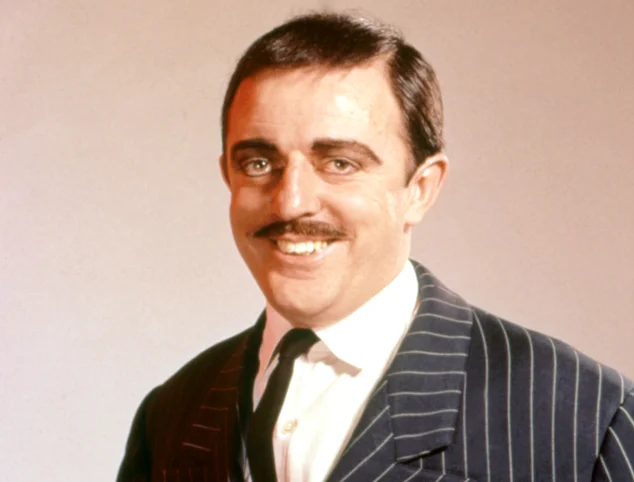
John Astin’s Gomez Addams was a revolutionary character who defied every traditional family sitcom stereotype with his passionate love for his wife and unconventional family. His boundless enthusiasm and genuine affection made him feel like the most loving husband in television history. Gomez celebrated weirdness while maintaining deep family values.
His character showed that love transcends traditional boundaries, embracing the unusual with complete acceptance and joy. Gomez loved his wife Morticia with a passion that was both comedic and deeply romantic, challenging viewers’ expectations of marital relationships. He became a symbol of loving without judgment.
10. Major Tony Nelson (Larry Hagman) from “I Dream of Jeannie”
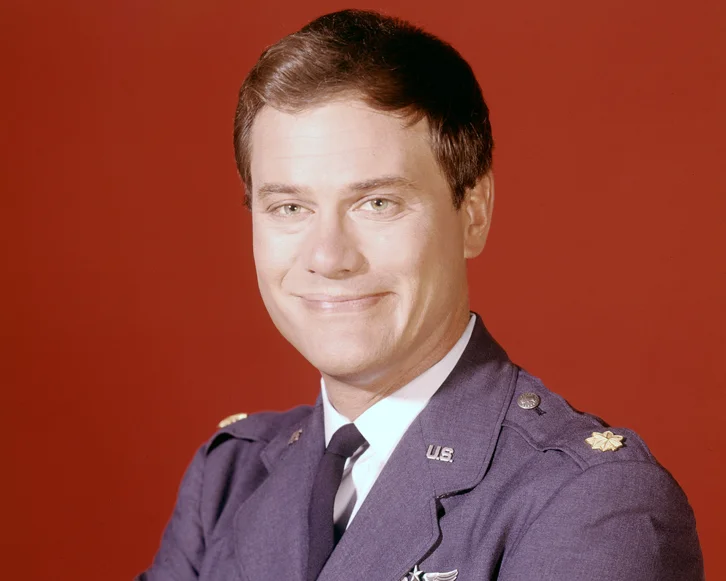
Larry Hagman’s Major Tony Nelson was the straight man caught in an extraordinary magical situation, navigating life with a supernatural companion. His attempts to maintain a normal military career while hiding a magical Jeannie created endless comedic possibilities. Tony represented the audience’s perspective of wonder and confusion.
His relationship with Jeannie balanced comedy, romance, and the challenges of an impossible domestic situation. Tony’s character showed vulnerability and humor in dealing with supernatural complications. He became a relatable figure trying to maintain order in a completely chaotic world.
11. Barbara Eden (Jeannie) from “I Dream of Jeannie”
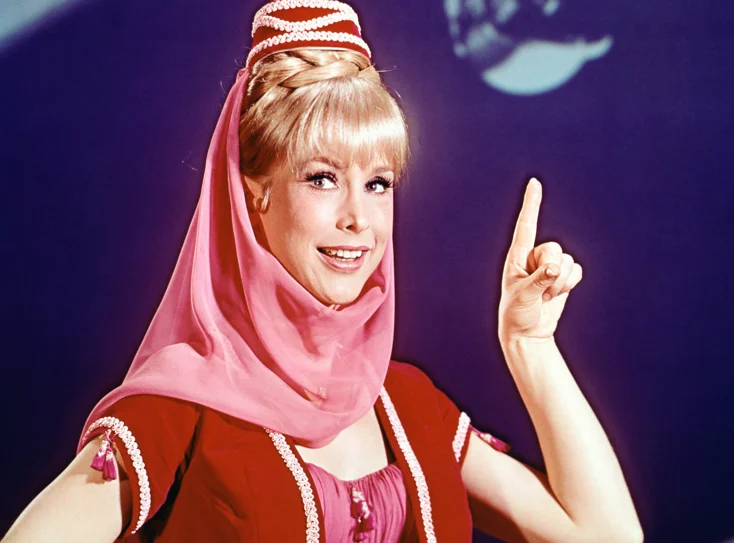
Barbara Eden’s Jeannie was more than just a magical being—she was a complex character navigating human relationships with supernatural charm. Her ability to solve problems with magic, while maintaining genuine emotional depth, made her a truly unique television character. Jeannie challenged traditional representations of women on television.
Her costume and character became cultural icons, representing a blend of fantasy and domestic comedy. Jeannie’s love for Tony and her desire to be a true partner showcased a nuanced approach to relationships. She became a symbol of feminine power disguised as magical whimsy.
12. Ozzie Nelson (Ozzie Nelson) from “The Adventures of Ozzie and Harriet”
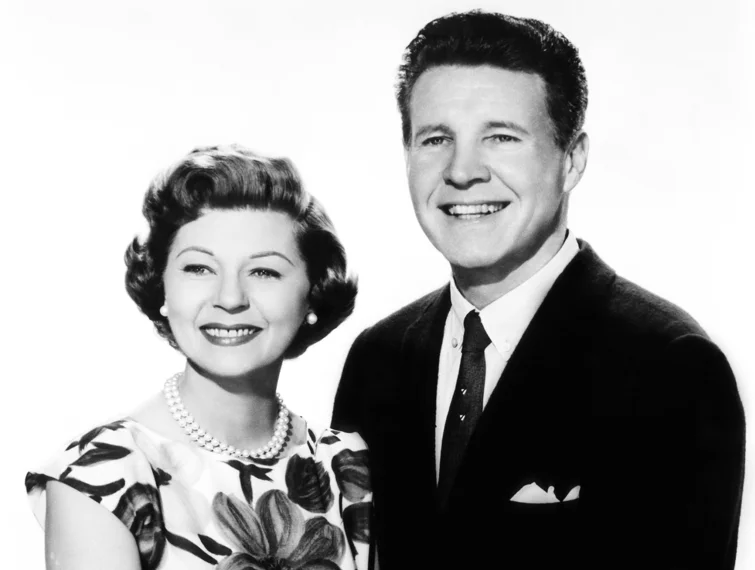
Ozzie Nelson represented the quintessential 1960s father—calm, understanding, and always ready with sage advice. His low-key approach to family leadership made him feel like the most reliable dad on television. Ozzie navigated family challenges with humor and wisdom.
His character suggested that fathers could be gentle, involved, and emotionally present without losing authority. Ozzie showed that comedy could emerge from subtle family interactions rather than broad, slapstick moments. He became a model of balanced, loving fatherhood.
13. Cousin Itt (Felix Silla) from “The Addams Family”
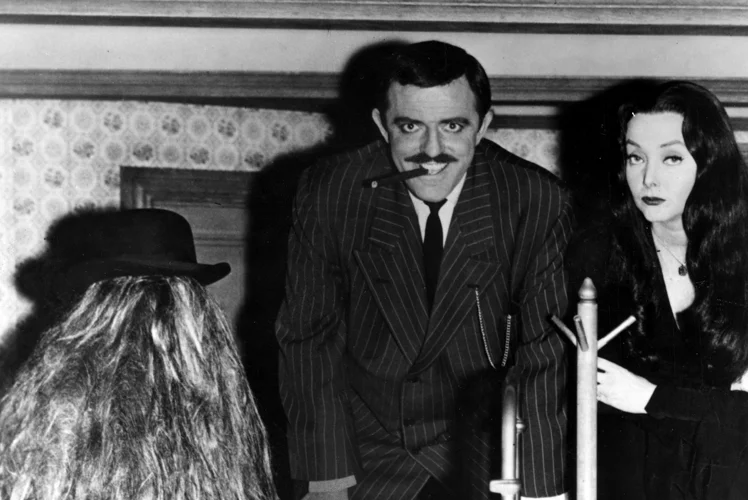
Cousin Itt was the most bizarre yet somehow lovable character in television history, communicating exclusively in rapid, incomprehensible sounds. Despite being covered in hair and barely recognizable as human, Itt was treated with complete family acceptance and love. The character challenged viewers’ understanding of family and belonging.
Felix Silla’s performance transformed what could have been a one-note joke into a character of surprising emotional depth. Cousin Itt represented the ultimate outsider who was loved unconditionally by his family. The character became a metaphor for accepting differences.
14. Eddie Haskell (Ken Osmond) from “Leave It to Beaver”
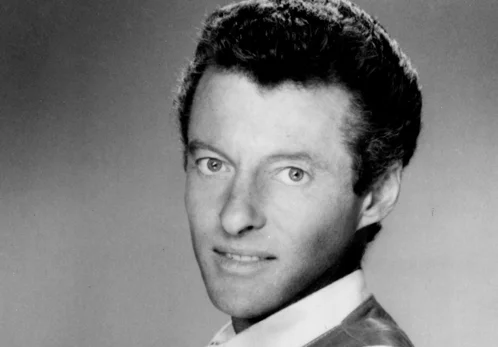
Ken Osmond’s Eddie Haskell was the character everyone loved to hate—a master of insincere politeness who became a cultural archetype of teenage manipulation. His two-faced behavior, sweet to adults and conniving with peers, made him a surprisingly complex character. Eddie represented the mischievous spirit that lived in many teenagers.
His interactions with the Cleaver family showcased the subtle dynamics of teenage social navigation. Eddie Haskell became so iconic that his name entered the cultural lexicon as a synonym for insincere behavior. He was the character viewers loved to criticize but secretly found entertaining.
15. Morticia Addams (Carolyn Jones) from “The Addams Family”
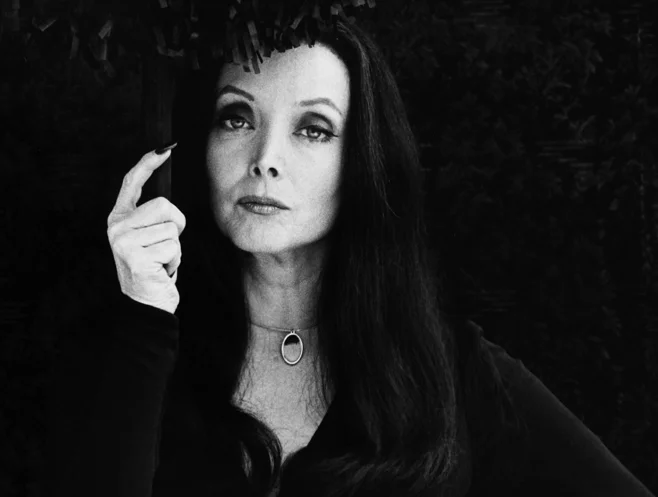
Carolyn Jones’ Morticia Addams was a revolutionary character who redefined the television wife with her unique blend of sophistication, passion, and otherworldly charm. Her unwavering love for her family and her husband Gomez challenged every traditional sitcom relationship. Morticia was elegant, intelligent, and completely comfortable in her unique world.
She represented a woman who was powerful, sexual, and completely uninterested in conforming to societal expectations. Morticia’s character suggested that true love transcends conventional boundaries of appearance and behavior. She became an unexpected role model of feminine strength and independence.
These characters were more than just television personalities—they were cultural touchstones that shaped how Americans understood family, humor, and relationships. They invited us into their worlds week after week, becoming more familiar than some of our actual relatives. In an era of limited entertainment options, these sitcom characters were true companions who helped define a generation.


